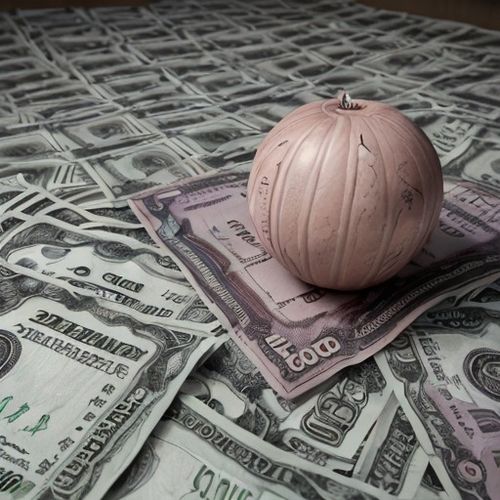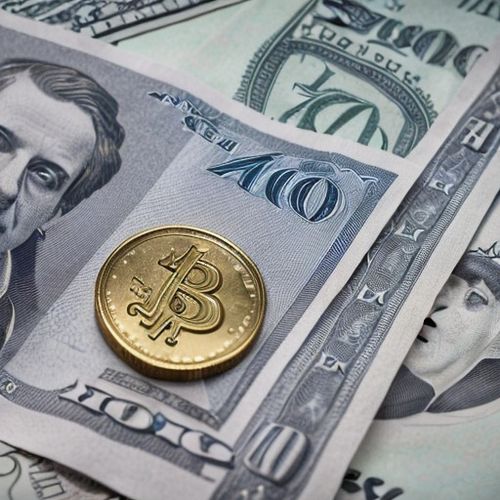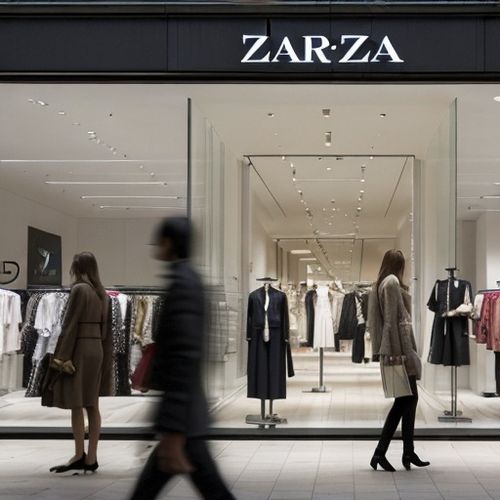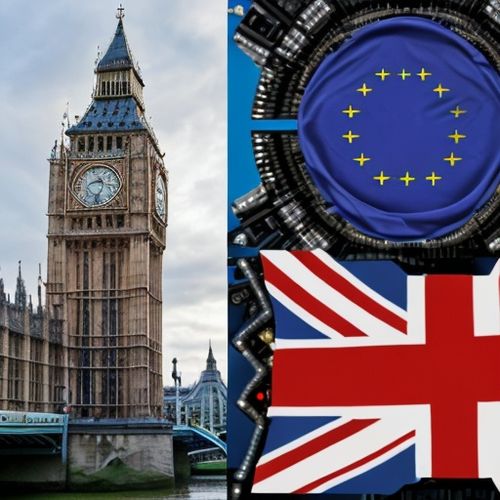The Indian digital payment landscape has emerged as one of the world's most dynamic fintech battlegrounds, where homegrown champions fiercely compete with deep-pocketed global giants. This clash of payment ecosystems reflects India's unique position as both a massive growth market and a regulatory environment that actively promotes domestic solutions.
A Market Forged in Demonetization's Crucible
The 2016 demonetization crisis unexpectedly became the catalyst for India's digital payment revolution. Overnight, Prime Minister Narendra Modi's withdrawal of 86% of circulating currency created a cash vacuum that mobile wallets and payment apps rushed to fill. What began as emergency workarounds evolved into permanent behavioral shifts among India's vast unbanked population.
In this chaotic environment, domestic player Paytm emerged as the early leader. The Alibaba-backed platform grew from 125 million users pre-demonetization to over 300 million within eighteen months. Its QR code-based system became ubiquitous across India's kirana stores and street vendors, creating a grassroots network that foreign players struggled to match.
The UPI Revolution Changes the Game
India's Unified Payments Interface (UPI) system, launched by the National Payments Corporation of India (NPCI), fundamentally altered the competitive dynamics. This interoperable protocol allowed users to transfer money directly between bank accounts without wallets, eroding Paytm's early-mover advantage.
Google Pay and Walmart-owned PhonePe leveraged UPI's open architecture to make stunning inroads. By 2020, these foreign-owned apps (operating through local subsidiaries) commanded over 80% of UPI transactions, while Paytm's share dwindled to single digits. The NPCI's subsequent 30% volume cap on any single UPI provider aimed to prevent market concentration, but enforcement remains inconsistent.
Regulatory Shields and Digital Nationalism
New Delhi has increasingly deployed policy tools to bolster domestic players. The Reserve Bank of India's (RBI) data localization mandate forced global firms to store Indian payment data within the country, increasing operational costs. More recently, the RBI prohibited card networks from issuing proprietary tokens for recurring online payments - a move that particularly affected Visa and Mastercard.
Perhaps most significantly, the RBI has delayed granting final approval to Amazon Pay and WhatsApp Pay to operate as full-scale payment platforms. While ostensibly due to compliance concerns, many analysts interpret this as protectionism favoring homegrown alternatives like Paytm, MobiKwik, and the Tata Group's superapp ambitions.
The Superapp Wars Heat Up
India's payment battle has expanded into a broader fight for financial services dominance. Paytm now offers everything from mutual funds to gold loans, while Reliance's Jio Financial Services threatens to disrupt the market with its telecom-payment-banking ecosystem. Even traditional banks like HDFC and ICICI have launched competing UPI apps.
Global players aren't retreating. Google Pay has integrated with India's Open Credit Enablement Network to offer loans, while PhonePe has spun off from Flipkart to pursue independent growth. WhatsApp Pay's 500 million+ user base remains a sleeping giant, should regulatory barriers ease.
Rural India: The Next Frontier
With urban markets becoming saturated, competition is shifting to India's villages. Paytm leads in merchant acquisition for small towns, while Amazon Pay focuses on integrating with local supply chains. Surprisingly, government-backed BHIM UPI has gained unexpected traction in rural areas, where trust in state-affiliated platforms remains high.
The RBI's offline digital payment pilots - allowing feature phone users to make transactions via SMS or USSD codes - could determine who wins this next wave of adoption. Domestic players are better positioned to navigate India's linguistic diversity and infrastructure gaps in these underserved regions.
Profitability Challenges Loom
Despite massive volumes (UPI processed 74 billion transactions in 2022), profitability remains elusive. UPI's zero-merchant-discount-rate policy prevents revenue from transaction fees, forcing platforms to monetize through adjacent services. Paytm's mounting losses highlight how even market leaders struggle with this model.
Global players have deeper pockets but face investor pressure to show returns. PhonePe's recent $1.5 billion fundraise suggests foreign backers remain bullish, but the unit economics of Indian digital payments may require painful consolidation ahead.
The China Parallel - With Crucial Differences
Many compare India's payment market evolution to China's, where Alipay and WeChat Pay dominate after seeing off foreign competition. However, India's regulatory environment is more open, and its democratic system prevents the kind of centralized control that enabled China's tech giants to flourish.
Moreover, India's decision to make UPI a public good rather than proprietary technology (unlike China's closed systems) creates ongoing opportunities for foreign players. The RBI's account aggregator framework and open banking proposals could further level the playing field.
Geopolitical Undercurrents
The payment platform competition carries strategic dimensions. American firms (Google, Amazon, Walmart) and Chinese investors (Alibaba in Paytm, Tencent in PolicyBazaar) vie for influence in this critical infrastructure sector. India's recent restrictions on Chinese apps create uncertainty for Paytm's backers, even as the company seeks to distance itself from its Chinese shareholders.
Meanwhile, India's success with UPI has become a model for other developing nations. NPCI's international arm is promoting UPI-like systems in Southeast Asia and Africa - markets where Chinese payment giants have been expanding aggressively.
The Road Ahead: Coexistence or Consolidation?
Industry observers increasingly believe India's market can support multiple winners. Unlike China's winner-takes-all dynamic, India's vast size and regional diversity may allow global and local players to carve out profitable niches. Payment platforms are becoming embedded in broader ecosystems - from e-commerce (Amazon) to telecom (Jio) to social media (WhatsApp).
Regulatory interventions will continue shaping the battlefield. The RBI's digital currency experiments and potential "UPI 2.0" upgrades could reset competitive dynamics overnight. One certainty remains: as India marches toward its goal of 1 billion digital payment users, the stakes in this high-tech rivalry will only grow higher.

By Ryan Martin/Apr 7, 2025

By Ryan Martin/Apr 7, 2025

By David Anderson/Apr 7, 2025

By Olivia Reed/Apr 6, 2025

By Daniel Scott/Apr 6, 2025

By Victoria Gonzalez/Apr 6, 2025

By John Smith/Apr 6, 2025

By Elizabeth Taylor/Apr 6, 2025

By James Moore/Apr 6, 2025

By Megan Clark/Apr 6, 2025

By Daniel Scott/Apr 6, 2025

By William Miller/Apr 6, 2025

By Samuel Cooper/Apr 6, 2025

By Amanda Phillips/Apr 6, 2025

By Natalie Campbell/Apr 6, 2025

By Noah Bell/Apr 6, 2025

By Elizabeth Taylor/Apr 6, 2025